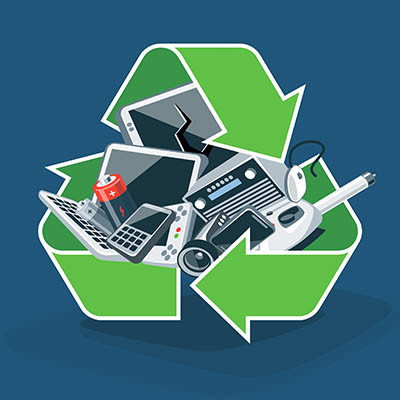In the grocery store, we’re given the estimated date that the food we’re buying will turn, helping us to make more informed decisions about what we are purchasing and the quality therein. Wouldn’t it be nice if the same could be said about the technology our businesses rely on?
Well, moves are being made to establish this as the standard in tech as well.

















